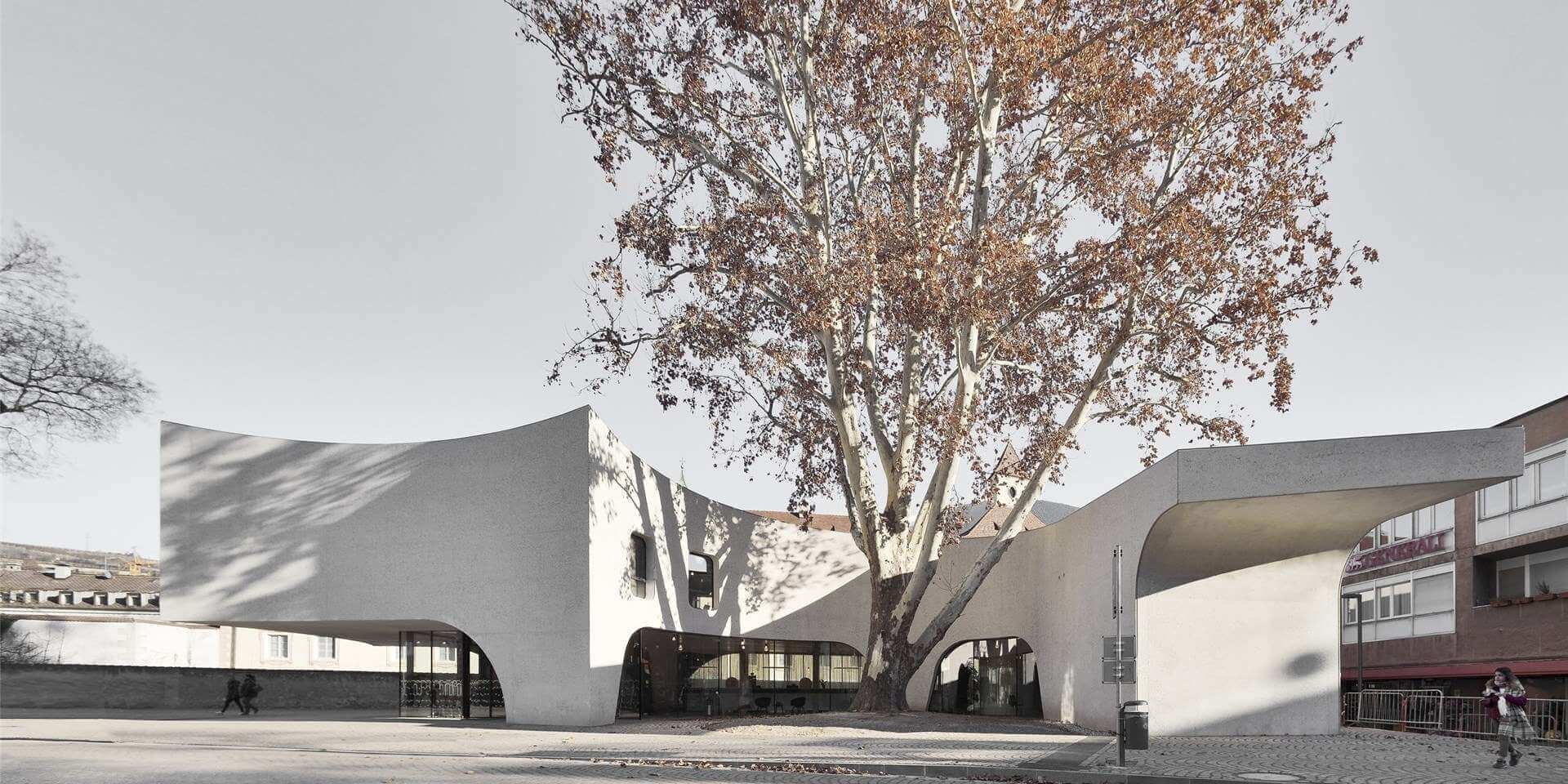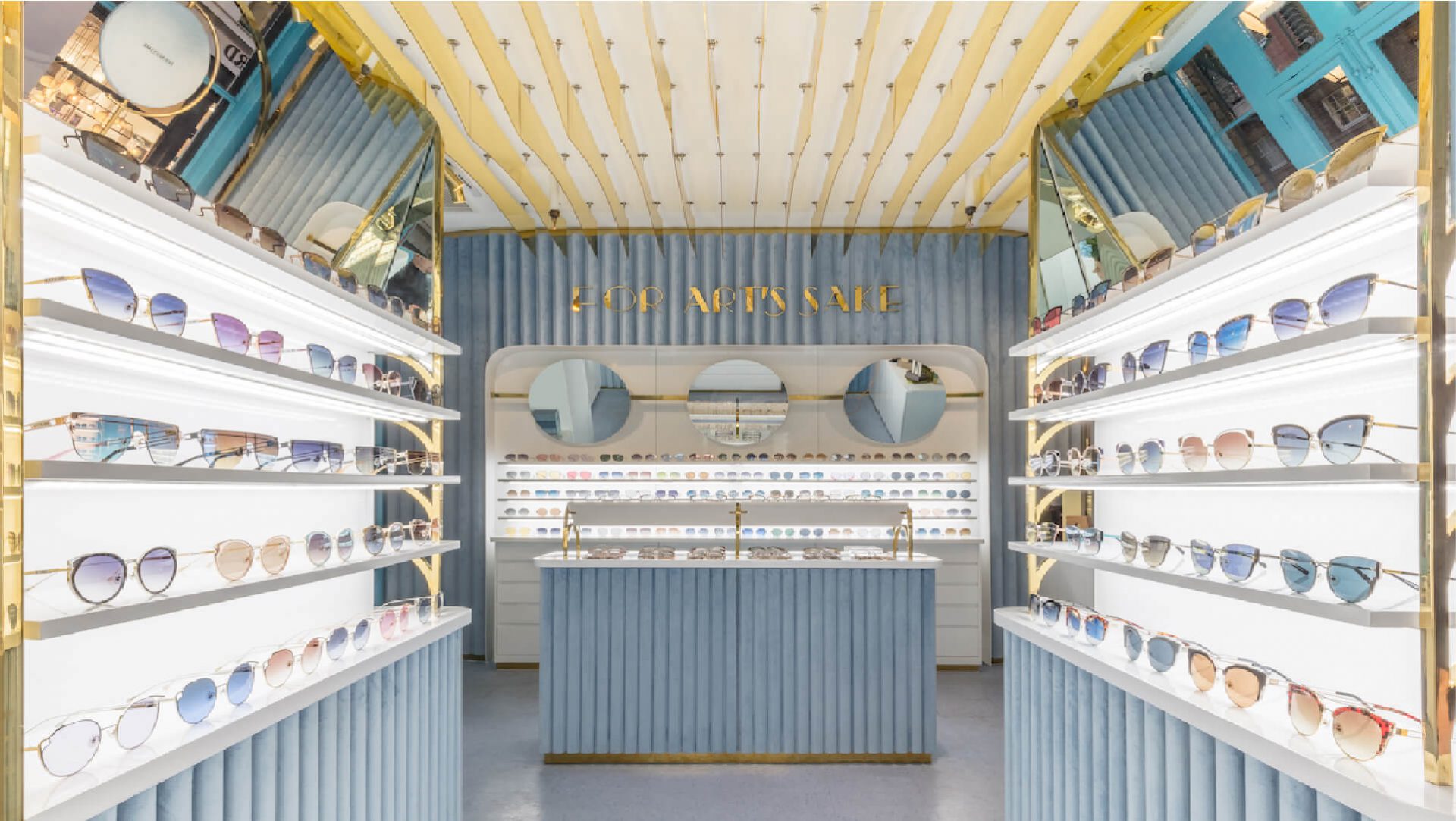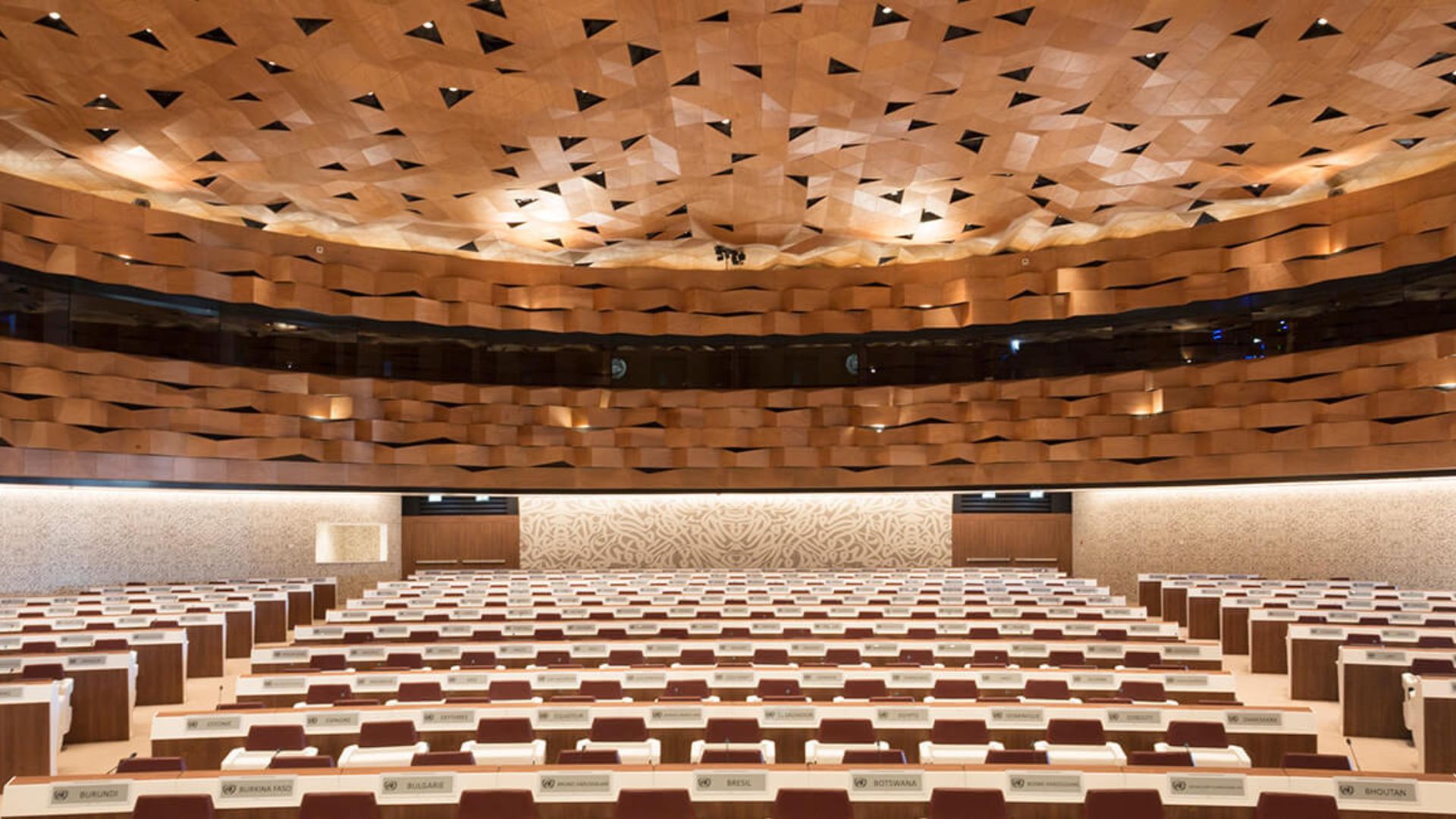Designing the narrative of workspaces with Jackdaw Studio

London based practice Jackdaw Studio approaches workspace design as an everyday journey and believes it to be the most interesting sector for interiors.
Alex Cleave and Pippa Roberts started their practice Jackdaw Studio in 2009 and since then they have developed into a group of architects, designers, strategist and thinkers. Combining their skills and creative thinking, the studio has evolved over the years through their works and have an ambitious vision for their future.
Their ability to understand the business and apply their diverse creative backgrounds has enforced Jackdaw Studio’s insights on the workspace design sector. DesignWanted interviewed the founders to find out more about their intelligent solutions for our current and future reality.

Who are Alex Cleave and Pippa Roberts? How did the journey for Jackdaw Studio begin?
Pippa Roberts: “Jackdaw Studio was created as a response to Alex and I finding that through our friendship, collective creativity, combined practical skills and can-do attitude that we aligned perfectly with the creative and digital companies emerging from East London after the 2008 recession.
Companies wanted to create spaces that perfectly reflected their style, attitude and new way of working. Individually we both found ourselves being approached by creative companies, (a large digital design agency and an adverting agency), to design interiors for converted warehouse style offices – so we decided to join forces.
Alex’s background in creative construction and mine in film and interior design meant that Jackdaw’s approach to design came from a completely different and new perspective.”

“We looked at the narrative of the space, what the story of the everyday journey would be for those who occupied it, the theater, how to create impact and ultimately how would we make and deliver it, (as we take the lead in the construction and fit out of many of our interiors).
Initially this approach was because we couldn’t find what we wanted in the market and also it allowed us to retain control of materials and finishes along with having complete control of the money, to make sure we could squeeze every last penny from the budget.
After the initial success of our first two projects we realized that this was something special and Jackdaw was created. We choose the name as the Jackdaw is a London bird which is often seen in pairs and likes shiny objects. Like ourselves it thrives in a city environment.”

Why Jackdaw Studio? Why focus on workplace, residential and commercial spaces?
Pippa Roberts & Alex Cleave: “We think workplace is the most interesting sector to work in. It covers so many areas and is so important fundamentally as its where we spend the majority of our lives.
When designing a workplace, we have to understand the business, the people, the work and the tools people require. Then we consider how we enhance, assist and facilitate each person’s work, well-being, productivity and happiness through the design of where they work.
We know that happy people make happy companies. Understanding this, making it happen and then seeing companies grow, increase productivity and become more successful is one of the best feelings.
Workplace design has always been the poor relation of the interior design sector. I think fundamentally it is because historically people didn’t question their work environment. This has thankfully started to change in many sectors and companies are realizing that to attract and retain the best talent, your place of work needs to be well designed.”
“Between Exchanges of Architectural Narratives” – discover Bean Buro’s humanistic design approach for workspaces

When it comes to the changes we are facing nowadays, what are the main shifts we will see in the workplace and how will Jackdaw Studio approach them?
Pippa Roberts & Alex Cleave: “Believe it or not we are really excited about the change brought about by the pandemic. For years, we have been trying to release people from their desks! If you reduce the number of desks, then you can free up space for collaborative, innovative environments. However, this requires a leap of faith and an investment in technology, which many companies perceive to be expensive.
The pandemic has shown that many people can work anywhere but it has also shown that people need to collaborate, and that doesn’t always work well when people are not physically together.
Moving forward, the workplace will need to provide a series of spaces or typologies which will be designed to respond perfectly to collaboration, innovation and reflect a company’s identity. It will also need to be somewhere people want to go to, spend time at and have integrated tech to allow people in the office or elsewhere to seamlessly collaborate.
Designing space for people to connect, create, debrief and inspire is fundamental to our approach to workplace design.”

What do you think about the home office trend? Do you think a physical workspace will still be a necessity in the future?
Pippa Roberts & Alex Cleave: “Absolutely. We are social human beings. People also want to feel they belong and it is impossible to innovate in a vacuum. The purpose of the office will change.
Individual tasks will no longer need to be performed in the office and may be done at home, to the relief of everyone who finds it impossible to concentrate in the open-plan office and no longer has to come in early or stay late to get their work done.
The office can consist of spaces that previously were marginalized because of the requirements for desk space but are really important to keep a company innovating. If we support innovation and collective spaces where people have the tools readily available to communicate effectively, imagine how that will change the workplace into somewhere people will want to be rather than dread.”

What are the main aspects designers should consider when creating a workspace that responds to the needs of the current world situation?
Pippa Roberts & Alex Cleave: “Business are made of people. To ensure a business can not only survive but thrive through these times, people in companies need to be supported.
Knowing that their office has been designed with their well-being as paramount and that this is also supported by great technology means that people should be able to communicate with each other easily.
However an area in which we will all need to invest is in making buildings and offices smarter. We will need to book meeting rooms, check occupancy and perhaps reserve a desk, close blinds and perform other simple tasks through apps on phones or computers.
If buildings are smarter they can also be greener, responding to the requirements of who is in the building on any given day rather than accounting for maximum occupancy at all times.”

What is next for Jackdaw Studio?
Pippa Roberts & Alex Cleave: “We are working on some really exciting projects. We are just finishing up a Learning Lab for Wunderman Thompson which is an innovation space for different departments within the agency to get together and collaborate.
We are developing our ‘kit of parts’ – a furniture range which is a distillation of all the furniture we have designed over the last decade which we believe make up the essential office. We are designing each piece to be flexible, reusable and sustainable. Above all we are excited about the future of workplace design.”
Where do global architecture firms stand when it comes to workspace design? The ‘radical-streak’ of influential architecture practice, MVRDV






